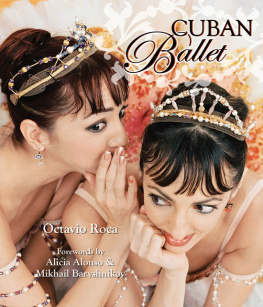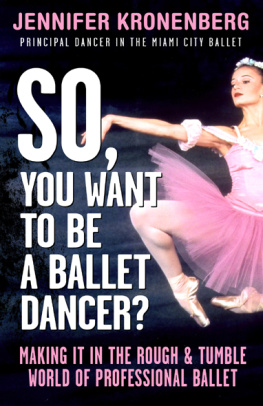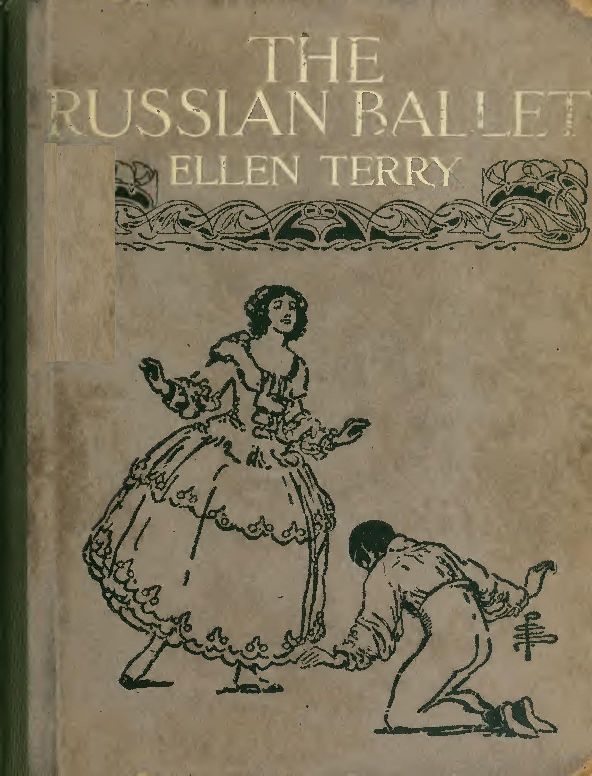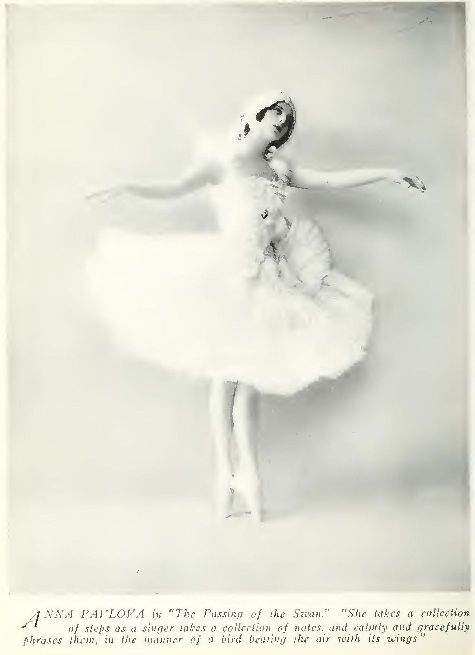The Project Gutenberg EBook of The Russian Ballet, by Ellen Terry
This eBook is for the use of anyone anywhere at no cost and with
almost no restrictions whatsoever. You may copy it, give it away or
re-use it under the terms of the Project Gutenberg License included
with this eBook or online at www.gutenberg.org
Title: The Russian Ballet
Author: Ellen Terry
Illustrator: Pamela Colman Smith
Release Date: April 1, 2014 [EBook #45299]
Language: English
*** START OF THIS PROJECT GUTENBERG EBOOK THE RUSSIAN BALLET ***
Produced by David Widger from page images generously
provided by the Internet Archive
THE RUSSIAN BALLET
By Ellen Terry
Withdrawings By Pamela Colman Smith
1913
Original
Original
Original
Original
CONTENTS
THE RUSSIAN BALLET
Introductory
T HE Russian ballet, at least that section of it which M. de Diaghiliev, patron and grand seigneur rather than agent, has taken all over Europe during the last few years, and more recently to America, is now more than a darling of its own nation, a naturally ballet-loving nation. It has become an international possession. In England the Russian dancers have perhaps been acclaimed with more whole-hearted fervor than elsewhere, because before their coming the land was barren. In France and Italy they had ballets of their own. They have a standard by which they can measure the visitors from St. Petersburg. But English audiences, like children presented with a new toy, first shyly wondered at the novelty of the agile strangers, and then fell into transports of enthusiasm.
Uncritical enthusiasm toward art and artists is an amiable attitude of the English once they have been gained over. And this enthusiasm has a way of persisting. "The English public may be slow," said a musician who had taken a long time to win their suffrages, "but they are damnably faithful!" If the fashion in Russian ballet should age elsewhere I feel sure it will not in England, the last country to adopt it. So these notes by an enthusiast have a good chance of being seasonable for many years. Yes, I claim to be an enthusiast, although, perhaps, the fact that I am not an English enthusiast but one who is half Irish and half Scotch makes me more canny than some of my fellow-admirers. I have never opened my mouth and swallowed the new ballet and all its works without thinking. These are, all the same, impressions rather than criticisms. And the impressions are not intended as an explanation of Miss Pamela Colman Smith's pictures any more than her pictures are intended to be an explanation of my impressions. Her pictures surely speak for themselves. And like the clerk, I need only cry "Amen" to her eloquent drawings.
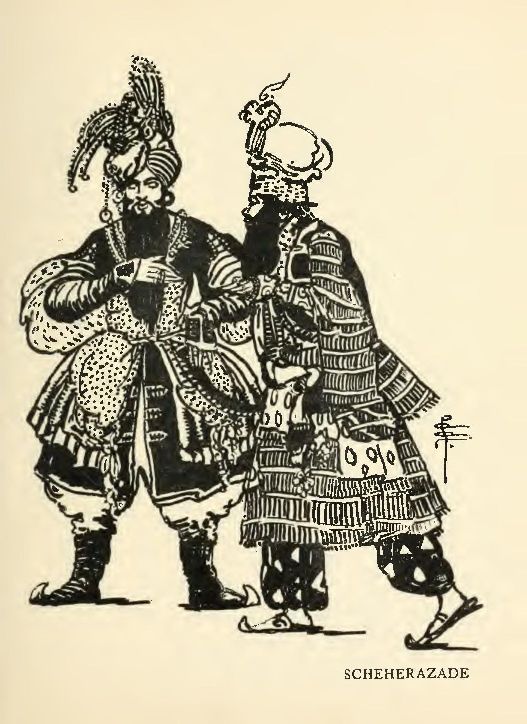
Original
Dancing In General
W HAT is dancing? The Russians have done much to show us that it is something more than sauterie, although they can sauter, or leap, with the best. As an actress I salute dancers with the reverence of a man for his ancestors. The dancer is certainly the parent of my own art, but he has other children. All arts, of which the special attribute is movement, descend from the dancer. The Greek word "chorus" means dance, and the Greek choruses were originally dances. It can be proved that dancing movements formed the first metres of true poetry. Why do we speak of "feet" if not because the feet of the body used to mark the rhythm of inspired utterance?
Religious Dancing
I T seems strange that the Dance should have almost everywhere degenerated into something base and trivial, while its children, Music and Poetry, in spite of lapses, should have preserved their dignity and beauty. It seems even more strange when we remember that dancing had a religious origin. Among the Jews, as among other peoples, dancing was constantly associated with the ceremonies of faith.

Original
In Christian churches the choir was originally designed as a place in which the chanting of hymns and canticles might be conveniently accompanied by rhythmic movements. On feast days the honor of leading the dance was reserved for the bishop. This is why he was known in those days by the name, of praesul, the is, he who dances first. A bishop as premier danseur! We can hardly believe it now, yet why should we not, seeing that the movements of priest and server at mass have the nature of a solemn dance? And there are places in France and Spain where liturgical dances still exist. The most notable is the dance executed before the altar at Seville in Holy Week. I am afraid that the one that used to take place in the choir of Saint Leonard's at Limoges, where, at the end of each psalm, the people sang instead of the Gloria Patri, "San Marceau, pray for us and we will dance for you," is now extinct.
The Russian Revival
A LL who regard dancing seriously, and there is nothing which should be regarded more seriously than an art that is to give pleasure, must be glad that they have lived in a century which has witnessed a very fine and sincere endeavor to restore the dance to some of its primal nobility. There is much in the results of this endeavor to criticize, there are a few things to deplore, but in any refusal to recognize the magnitude of what has been accomplished, there is probably some pique that it has been the nation which Europe still views as barbarously ingenuous in matters of art which has reformed the ballet on such refined and spiritual lines.
I dislike the word "reformed," however. Reformations are generally tiresome. Transformations are far better! Saint Francis transformed, Luther reformed; and the Russians are with Saint Francis rather than with Luther! To appreciate the change which has come over the Russian Ballet we ought to know a little about its constitution. It is and has always been subsidized by the state. The Russian government supports schools of ballet, where from the age of eight children are given a long and arduous training in the science of dancing, and from which they are drafted into the imperial ballets at St. Petersburg, Moscow and Warsaw. A dancer's first appearance is generally made at the age of sixteen, and at thirty-six his or her career is over. The dancers are then retired on a pension amounting to about one hundred and fifty pounds a year. It is not my intention to give details of this training. They are written in many books by experts. But I should like to say at this point that one of the leading characteristics of the Russian system is the attention given to male dancing.




